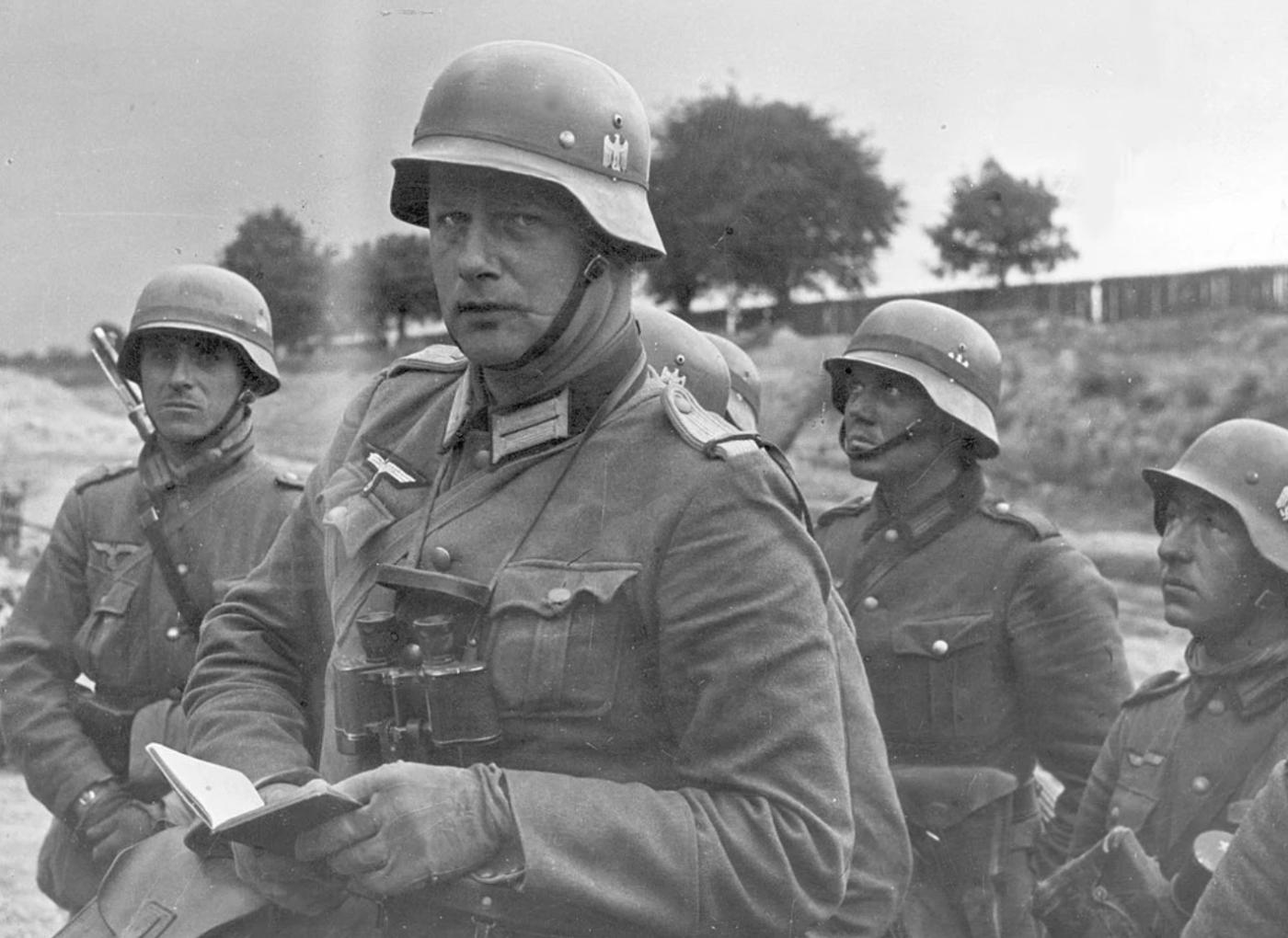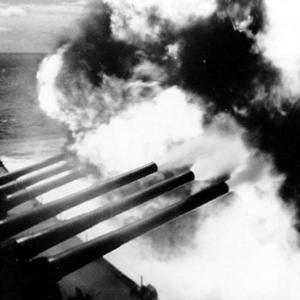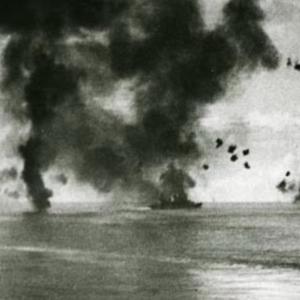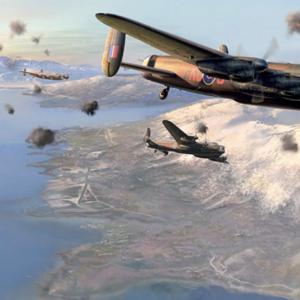
German Stahlhelm helmet
The German Stahlhelm, meaning “steel helmet,” was one of the most iconic military helmets of the 20th century and played a significant role in both World Wars. Its origins can be traced back to the harsh realities of trench warfare during World War I. Before its introduction, German soldiers wore spiked leather helmets called Pickelhauben, which offered almost no protection against shrapnel and bullets. The need for a more protective headgear led to the development of the Stahlhelm.
The first true version of the Stahlhelm, the M1916, was designed primarily by Dr. Friedrich Schwerd of the Technical Institute of Hanover and was developed under the guidance of the Prussian War Ministry. Dr. Schwerd conducted extensive tests using ballistic materials and shapes to determine the best design for protecting soldiers' heads from the kinds of threats they faced in trench warfare. The distinctive flared sides and long skirt of the M1916 offered extensive coverage, especially to the back and sides of the head and neck, areas most vulnerable to shrapnel. The design was influenced by earlier medieval German helmets and featured a pronounced brow and protective overhangs.
Manufacturing of the Stahlhelm was undertaken by several firms including Eisenhüttenwerke Thale in the Harz mountains, one of the primary producers. The production process involved stamping the helmet shells from a single piece of molybdenum steel, which provided strength while maintaining a relatively light weight. Other manufacturers included companies like F.W. Quist, Sächsische Emaillier und Stanzwerke (SE), and Eisenwerke AG. These factories produced helmets in different sizes with markings indicating the maker and size stamped inside the shell. Over the years, production techniques improved, and newer models like the M1917 and M1918 incorporated better ventilation, liner systems, and strap configurations.
By the end of World War I, over one million M1916 Stahlhelme had been produced. In World War II, newer models—the M1935, M1940, and M1942—were introduced with improvements in weight, comfort, and ease of mass production. By the end of World War II, Germany had manufactured approximately 25 million steel helmets. These helmets became standard issue for Wehrmacht (German army), Luftwaffe ground units, Waffen-SS, and other paramilitary groups. Variants were also produced for paratroopers with different shapes to accommodate their unique operational needs.
The effectiveness of the Stahlhelm came from its shape and material. The rounded dome and sloped sides deflected shrapnel and small arms fire more effectively than the flat or open helmets used by other nations. The steel used was carefully selected for a balance of hardness and malleability, so that it could absorb impact without cracking. The design covered more of the head and neck than most Allied helmets, particularly when compared to the British Brodie helmet or the American M1917, which prioritized ease of production over coverage. The internal liner system, which was adjustable and suspended the helmet off the scalp, helped to absorb impact and provided some ventilation.
The Stahlhelm became a symbol of German military might and was prominently featured in propaganda. Its dark matte finish and formidable profile made it both a practical and psychological weapon. While initially met with skepticism by soldiers used to the lighter Pickelhaube, it quickly gained popularity due to the noticeable increase in protection. Frontline troops such as infantrymen, machine gunners, assault troops (Sturmtruppen), and later tank crews relied heavily on it. Specialized units like the Fallschirmjäger (German paratroopers) used modified versions with shortened brims and less flaring to allow better visibility and movement during jumps.
Although replaced in the post-war years by NATO-standard helmets, the Stahlhelm’s influence endures. Its silhouette can still be seen in modern helmet designs, and it remains an iconic artifact of 20th-century warfare. Beyond functionality, it carried a strong symbolic power—representing not just the soldier wearing it, but the military ethos of the German state at the time. Its combination of engineering, practicality, and intimidating aesthetics made the Stahlhelm one of the most effective and recognizable helmets in military history.










